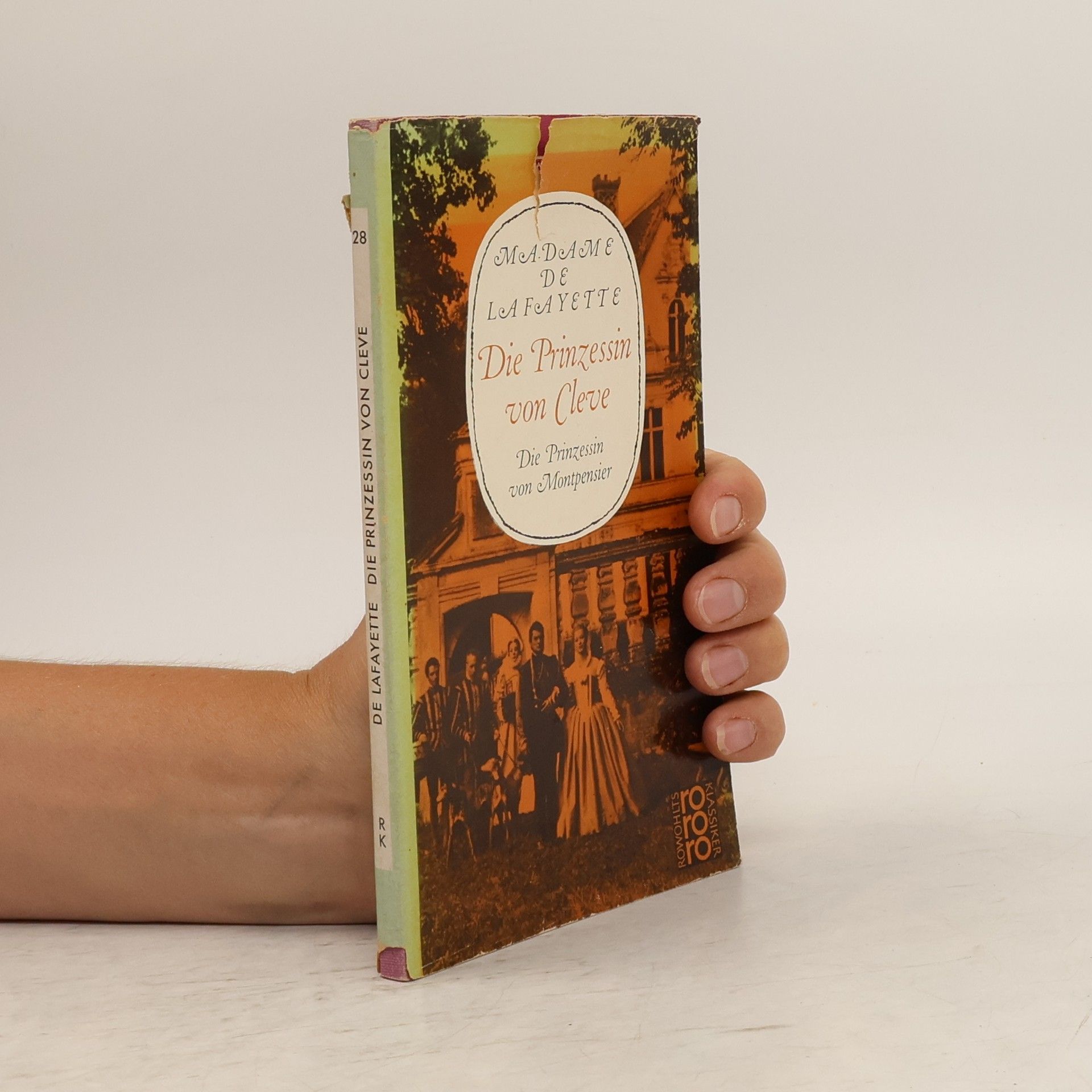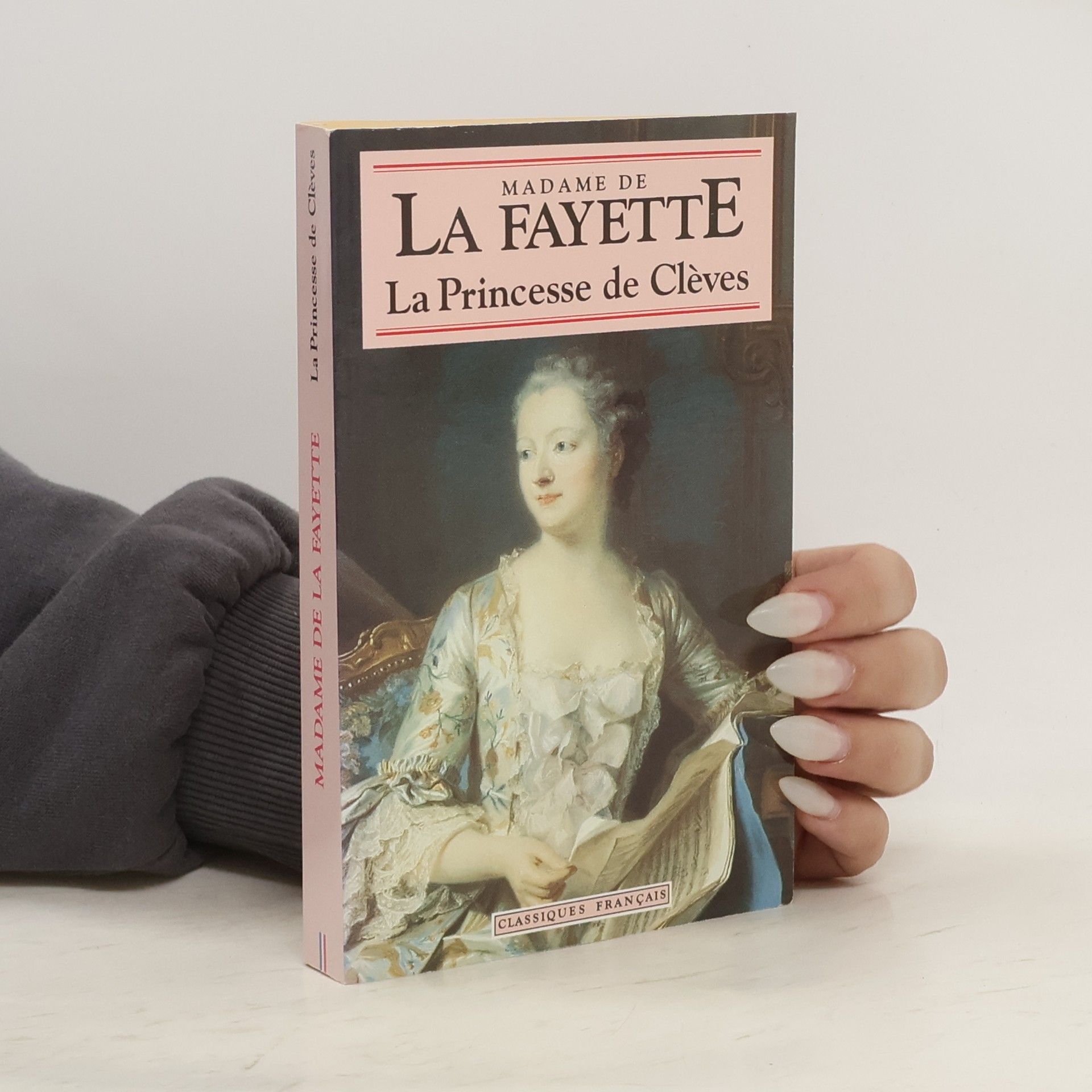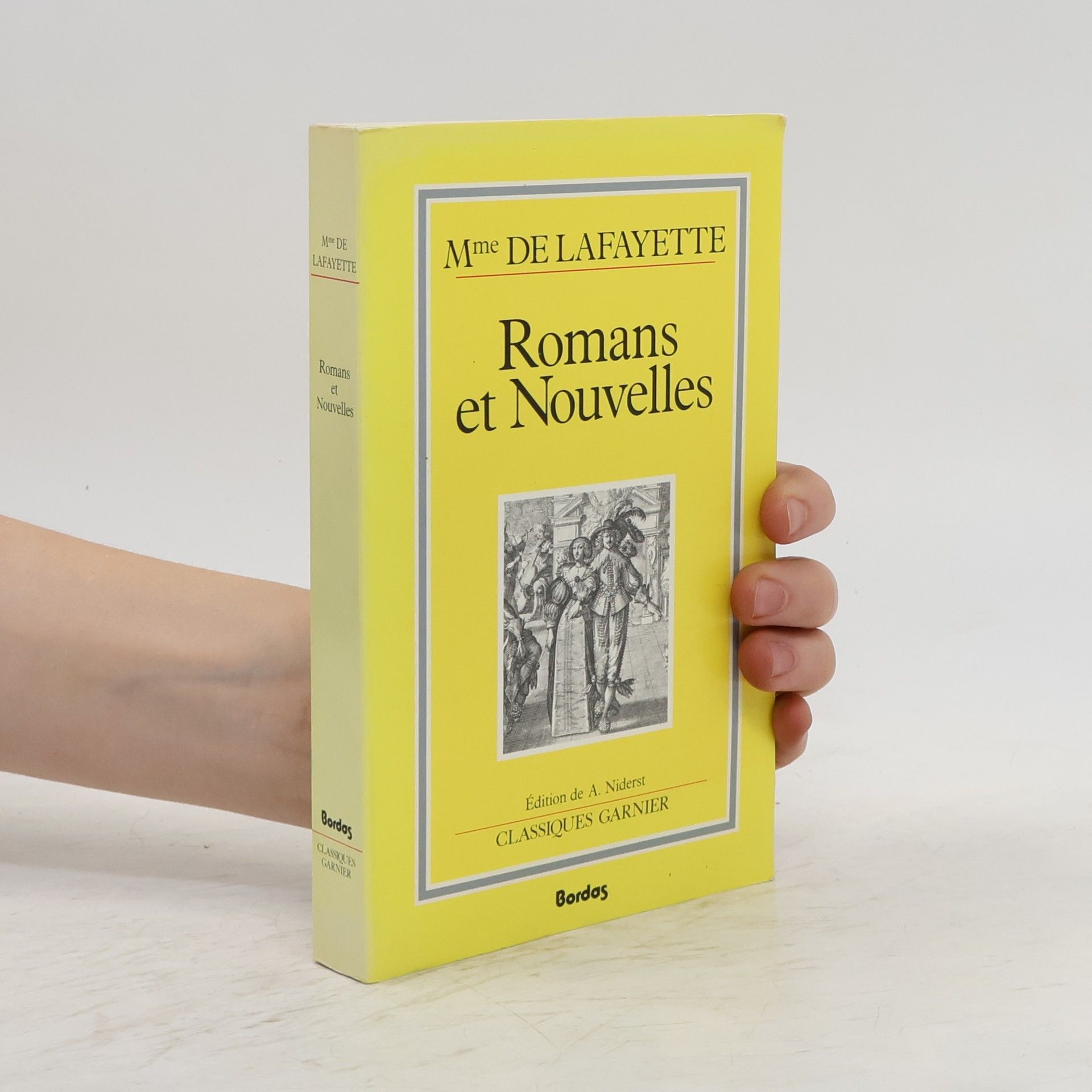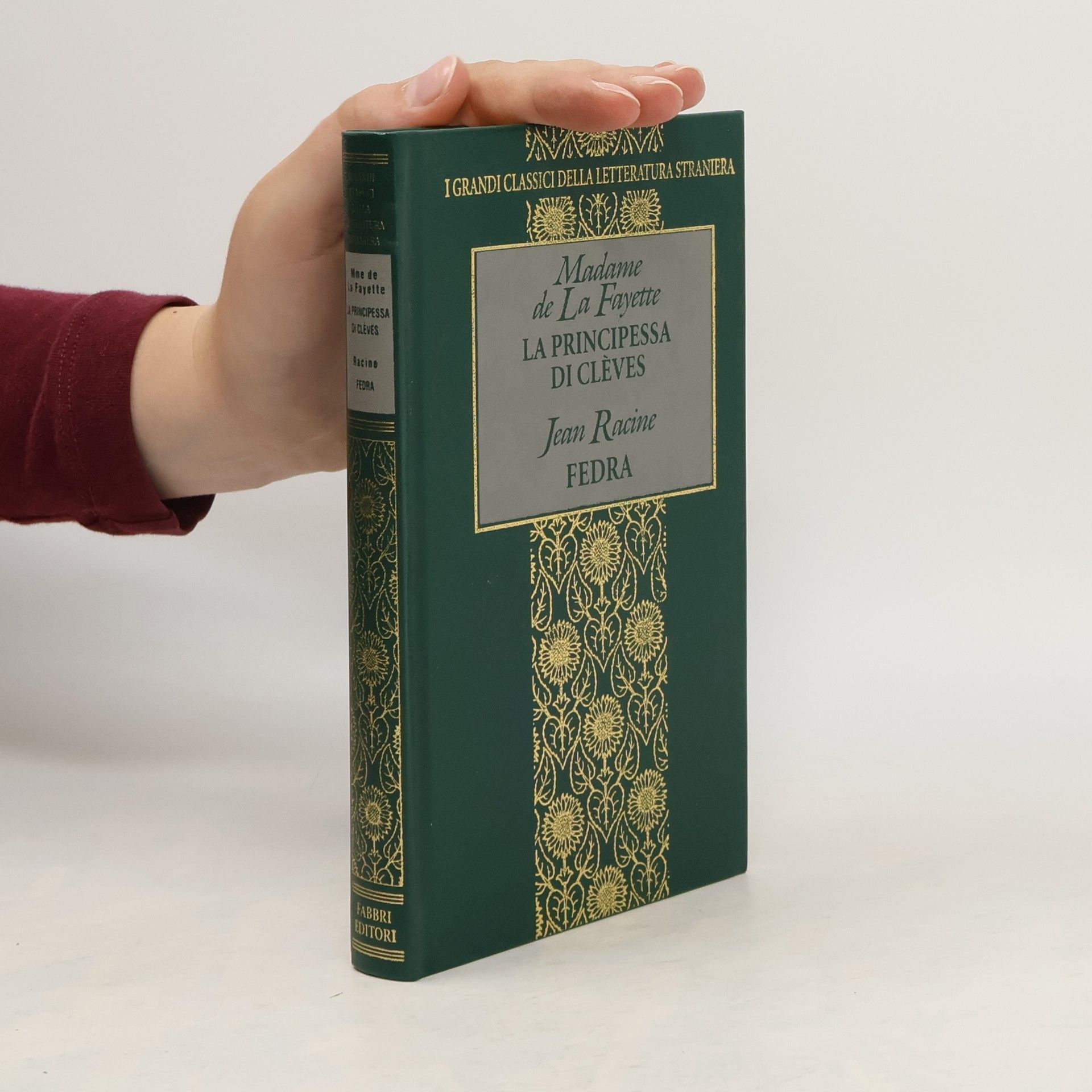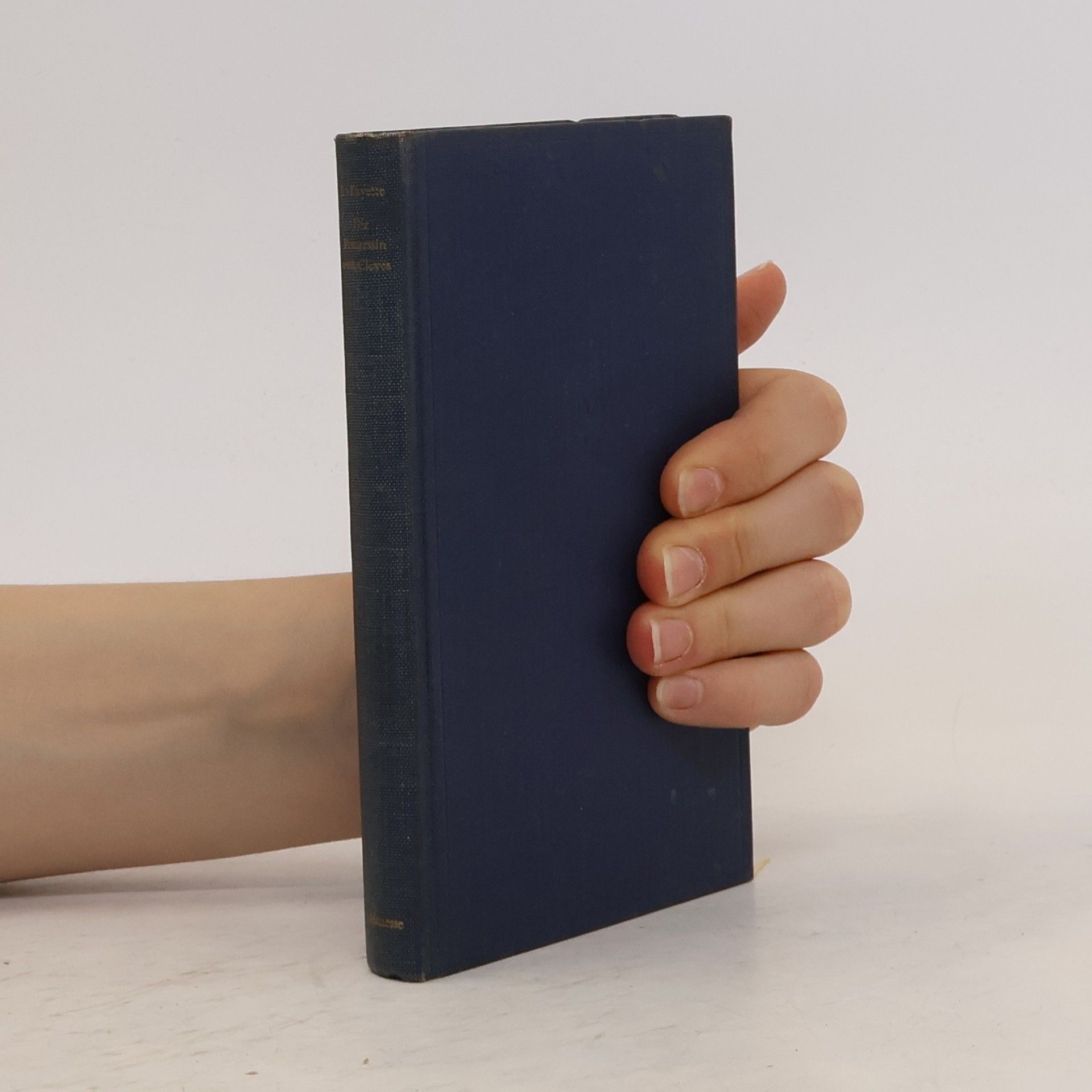The Princesse de Cleves
- 114 pages
- 4 hours of reading
Set in the royal court of Henry II of France, the story follows Mademoiselle de Chartres, a sheltered heiress seeking a suitable husband. As she navigates her duties as a future princess, she grapples with her passionate love for another man, creating a tension between obligation and desire. Celebrated for its historical accuracy and introspective characters, the novel marks a significant shift in literature towards realism, moving away from romanticized narratives. This classic remains a pivotal work in French literary history.

